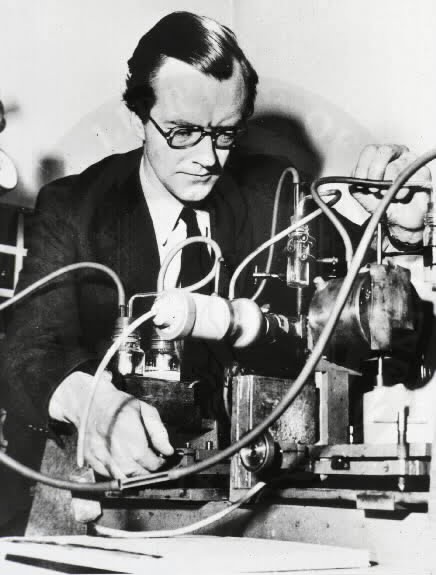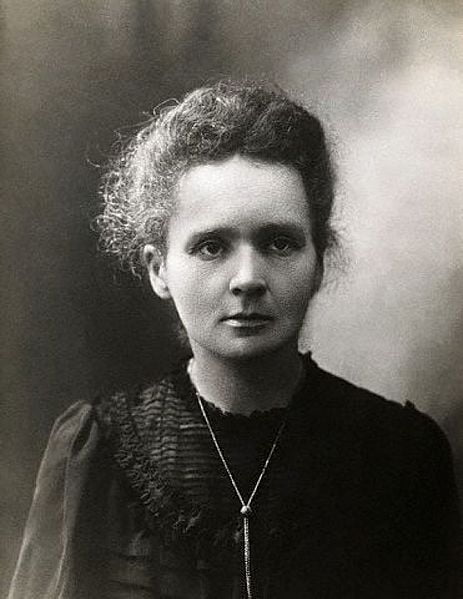| Name | Max Karl Ernst Ludwig Planck |
| Born | 23 April 1858, Kiel, Duchy of Holstein, German Confederation |
| Died | 4 October 1947 (aged 89), Göttingen, Lower Saxony, Bizone, Allied-occupied Germany |
| Education | University of Munich (PhD, 1879) |
| Known For | Quantum theory, Planck’s constant |
| Spouses | Marie Merck (m. 1887; died 1909), Marga von Hösslin (m. 1911) |
| Children | 5 |
| Awards | Nobel Prize in Physics for his quantum theory (1918), Foreign Associate of the National Academy of Sciences (1926), Lorentz Medal (1927), Copley Medal (1929), Max Planck Medal (1929), Goethe Prize (1945) |
| Fields | Physics |
| Institutions | University of Kiel, University of Göttingen, Kaiser Wilhelm Society |
| Thesis | Über den zweiten Hauptsatz der mechanischen Wärmetheorie (On the Second Principles of Mechanical Heat Theory) (1879) |
| Doctoral Advisor | Alexander von Brill, Gustav Kirchhoff, Hermann von Helmholtz |
| Notable Contributions | – Originator of quantum theory – Discoverer of energy quanta – Formulator of Planck’s constant – President of the German scientific institution Kaiser Wilhelm Society |
| Early Life & Education | – Born into a traditional, intellectual family – Showed mathematical talents at an early age – Enrolled in the University of Munich for his PhD at age 17 |




